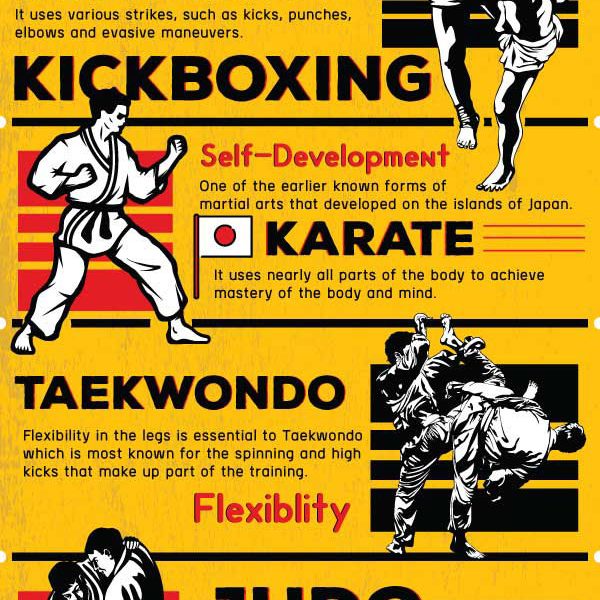In What Methods Do Traditional Martial Arts Prioritize Self-Control Compared To The Affordable Nature Of Modern Battle Sporting Activities? Uncover The Basic Distinctions That Can Affect Your Journey
In What Methods Do Traditional Martial Arts Prioritize Self-Control Compared To The Affordable Nature Of Modern Battle Sporting Activities? Uncover The Basic Distinctions That Can Affect Your Journey
Blog Article
Writer-Ware Rocha
When you think of martial arts, do you lean more towards the traditional techniques or the modern battle sports? Each course provides unique benefits and experiences, formed by their approaches and training techniques. you could look here emphasize individual growth and discipline, while modern-day combat sports focus on competitors and efficiency. Understanding these differences can assist you in selecting the best technique for your journey. But just how do these distinctions materialize in training and ideology?
The Philosophy and Background Behind Traditional Martial arts
While many people connect martial arts with physical fight, the approach and background behind conventional martial arts run much deeper. You'll find that these self-controls emphasize personal development, discipline, and regard.
Stemming from old methods, conventional martial arts were typically established for Self-Defense and spiritual advancement. They embody principles such as balance, consistency, and self-discipline, leading experts beyond plain fighting skills.
As you educate, you'll not just find out strategies however likewise obtain insights into the culture and worths that formed these arts. The rituals and customs, commonly given with generations, cultivate a sense of neighborhood and belonging.
The Affordable Nature of Modern Fight Sports
Modern fight sporting activities have changed the landscape of martial arts right into an extremely competitive sector, where athletes take on in a test of ability, method, and endurance.
You'll observe that competitions are usually arranged with rigorous policies and regulations, ensuring justice and safety. These occasions attract large audiences, fueling the exhilaration and intensity of competitions.
Athletes educate carefully, not just for physical expertise yet likewise for mental strength, recognizing that every information counts in the ring. The adrenaline rush throughout competitors is apparent, as fighters press their limits to declare triumph.
Fans value the athleticism and creativity involved, making modern-day fight sports a thrilling phenomenon that continues to develop and captivate fanatics around the world.
Training Methods and Techniques: A Relative Analysis
The competitive atmosphere of modern battle sports needs cutting-edge training methods that vary dramatically from typical martial arts.
In modern training, you'll concentrate on certain strategies, sparring, and conditioning, commonly utilizing drills that imitate real fight scenarios. martial arts store near me 'll see a focus on measurable performance and frequent competition to assess your skills.
In contrast, conventional martial arts prioritize kinds, katas, and thoughtful teachings, commonly highlighting technique and respect over competitors.
Training is normally much less intense and may involve repetitive technique as opposed to real-time sparring.
While both methods construct skill and fitness, modern-day fight sports provide a more vibrant and versatile training atmosphere, preparing you for immediate challenges in the ring or cage.
Pick the path that lines up with your goals and rate of interests.
Final thought
In choosing between traditional martial arts and contemporary battle sporting activities, it really comes down to what you value a lot of. If you're searching for individual growth, self-control, and a sense of neighborhood, standard arts could be your finest fit. Yet if you thrive on competitors and real-time obstacles, modern combat sports could be the method to go. Ultimately, both courses provide distinct benefits, so it's everything about aligning your training with your personal objectives and rate of interests.
